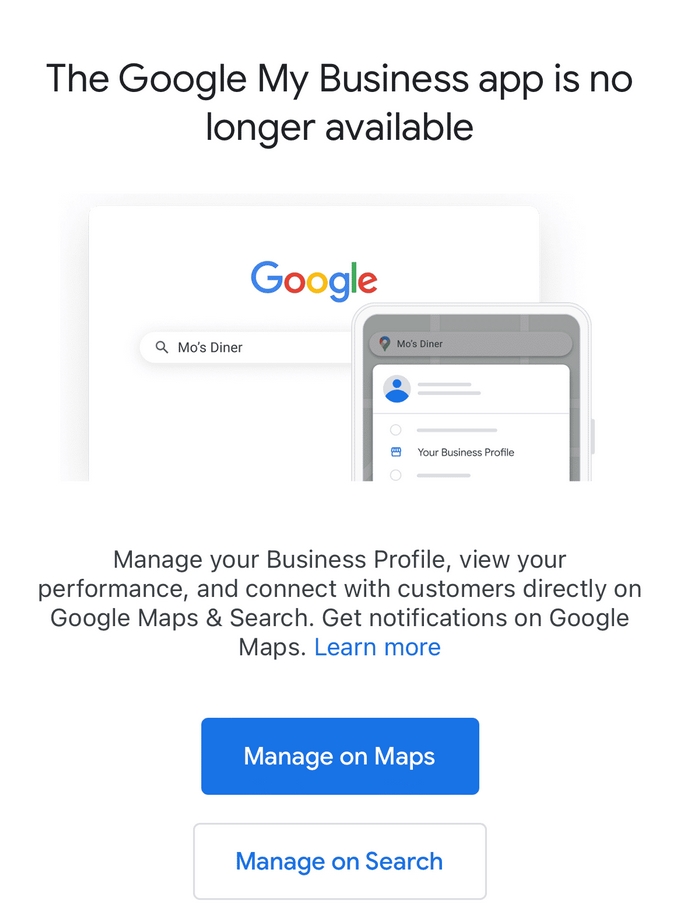Creators on TikTok are receiving way more space to describe their content and optimize it for the platform’s search engine. Over the weekend, many users started to notice that the limit for descriptions has increased from just 300 characters to over 2,000 characters.
The increase doesn’t just give creators more space to explain their video or page. Longer descriptions will also make it easier for TikTok to understand the content better, better include it in search results, and make more informed recommendations for users.
When you consider the impact these descriptions will have across the platform, it becomes clear that content descriptions are becoming a powerful optimization signal for those wanting to stand out on the increasingly competitive app.
How We Learned About Expanded Video Descriptions
It is unclear exactly when the feature started rolling out, but social media analyst Matt Navarra called attention to it Friday with a screenshot of a notification he received in TikTok’s app.
The full message says:
“You can now type up to 2200 characters in your posts’ descriptions: This allows you to express more details about your creations, describing what your videos show, giving you the opportunity to get closer to your audience, generating more engagement while becoming more searchable and better recommended by TikTok to viewers.”
TikTok is Becoming a Search Engine
If you haven’t spent much time on TikTok, it may come as a bit of a shock to learn that young people are increasingly using the platform as an alternative to Google’s search engine.
The phenomenon is so widespread, that Google has publicly addressed the shift, with Senior Vice President Prabhakar Raghavan stating:
“In our studies, something like almost 40% of young people, when they’re looking for a place for lunch, they don’t go to Google Maps or Search. They go to TikTok or Instagram.”
The longer descriptions signify that TikTok is also fully aware of this phenomenon and is prioritizing ways to improve its search results. For example, creators now have more flexibility to describe what happens in a video, include keywords that will help their videos be found by the right people, and provide links to a professional website or other social accounts.
Plus, longer video descriptions will even improve your TikTok content’s chance of being found on Google since the search engine has confirmed it indexes TikTok videos.




